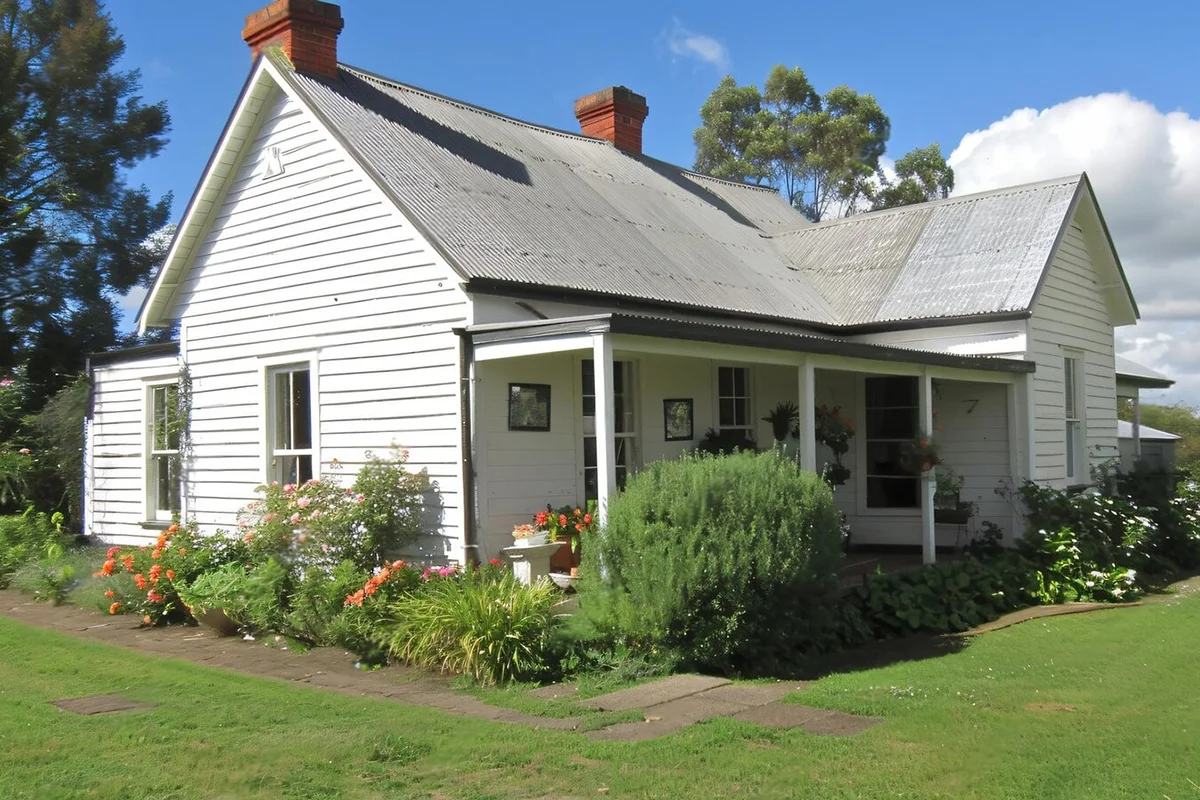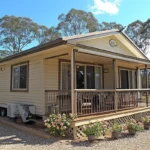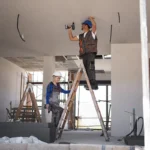Introduction
Making your home bigger is exciting. Many families need more space as they grow. Adding rooms or expanding areas can give you the space you want. But how much money do you need? The cost to extend a house in Australia varies a lot. It depends on what you want to build. Simple extensions cost less than fancy ones. Planning helps you spend wisely. This guide will help you understand all the costs. You can make smart choices for your home project.
How Much Does It Cost to Extend a House Australia?
House extensions cost different amounts in Australia. Small single-room additions start around $30,000 to $50,000. Medium extensions with two rooms cost $80,000 to $150,000. Large extensions can cost $200,000 or more. The price depends on size, materials, and location. Sydney and Melbourne cost more than smaller cities. Quality materials cost more but last longer. Basic extensions use simple materials and designs. Luxury extensions have premium finishes and features. Getting quotes from builders helps you plan your budget.
How Can You Plan for a Ground-Level Extension?
Ground-level extensions are easier to build than upstairs ones. They cost less because builders don’t need scaffolding. The foundation work is simpler too. Start by measuring your yard space. Check council rules about how close you can build to fences. Draw simple plans of what you want. Think about which rooms you need most. Ground extensions work well for kitchens, living rooms, or bedrooms.
The Importance of Passive Design
Passive design saves money on power bills. It uses sunlight and air flow naturally. North-facing windows bring in warmth during winter. Good insulation keeps rooms comfortable all year. Roof overhangs block hot summer sun but let winter sun in. Cross-ventilation moves fresh air through rooms. These features cost a bit more upfront. But they save hundreds of dollars each year on heating and cooling.
How Do You Create an Open-Plan Home?
Open-plan spaces make homes feel bigger and brighter. They connect kitchen, dining, and living areas. Removing walls creates one large room instead of several small ones. But some walls hold up the roof, so you can’t remove them. A structural engineer checks which walls are safe to remove. Open plans help families spend time together. They also make entertaining guests much easier.
How Can I Create Indoor-Outdoor Flow?
Indoor-outdoor flow connects your house to your yard. Large sliding doors open up to patios or decks. The floor inside should be the same height as outside. This makes moving between spaces feel natural. Use similar colors and materials inside and outside. Add outdoor furniture that matches your indoor style. Good lighting helps you use outdoor spaces at night too.
Do I Need to Re-clad My Home?
Re-cladding makes old and new parts of your house match. Different materials and colors look strange together. New cladding costs $15,000 to $40,000 for most homes. Brick veneer, weatherboard, and render are popular choices. Some councils require matching materials for extensions. Re-cladding also improves insulation and weather protection. It’s worth doing if your current cladding is old or damaged.
Cost to Renovate the Exterior of Your Home
Exterior renovations make your home look fresh and modern. New paint costs $8,000 to $15,000 for most houses. Landscaping ranges from $5,000 to $25,000 depending on your yard size. New roofing costs $15,000 to $30,000. Windows and doors cost $500 to $2,000 each. Driveways cost $3,000 to $10,000 to replace. These upgrades increase your home’s value and make it more attractive.
How to Save Money on the Interior Finish When Doing a House Extension
Interior finishes can be expensive, but smart choices save money. Paint walls yourself instead of hiring painters. Choose laminate flooring over hardwood to cut costs in half. Buy tiles during sales or clearance events. Use standard-sized windows and doors rather than custom ones. Mix expensive and budget materials – splurge on kitchen benchtops but save on bedroom carpets. Do simple jobs like painting and basic tiling yourself. Get multiple quotes for electrical and plumbing work. Buy fixtures during end-of-season sales.
How Much Does a Kitchen Renovation Cost in Australia?
Kitchen renovations vary widely in price across Australia. Budget renovations cost $15,000 to $25,000 with basic materials. Mid-range kitchens cost $25,000 to $45,000 with better appliances and finishes. High-end kitchens cost $50,000 or more with premium materials. The biggest costs are cabinets, benchtops, and appliances. Labor costs depend on how much plumbing and electrical work you need. Keeping the same layout saves money on moving pipes and wires.
How Much Does It Cost to Build a Deck in Australia?
Deck costs depend on size, materials, and location. Treated pine decks cost $200 to $400 per square meter. Hardwood decks cost $400 to $700 per square meter. Composite decking costs $300 to $600 per square meter. A basic 20 square meter deck costs $4,000 to $8,000. Stairs, railings, and roofing add extra costs. Ground preparation and permits also cost money. Higher decks need more support posts and cost more to build.
How Much Does a Garage Conversion Cost in Australia?
Converting garages into living spaces costs less than building new rooms. Basic conversions cost $15,000 to $30,000. This includes insulation, flooring, and electrical work. Adding plumbing for bathrooms costs $5,000 to $10,000 more. The garage structure is already there, which saves money. You might need council approval for the change. Garage conversions work well for bedrooms, offices, or entertainment rooms.
Why NASH Homes is the Best for Extend House
NASH Homes understands Australian families and their needs. We build quality extensions that last for decades. Our team includes architects, builders, and project managers. We handle all permits and council approvals for you. Our fixed-price contracts protect you from cost blowouts. We use local suppliers and tradespeople you can trust. Our warranty covers all work for years after completion. Previous customers recommend us because we deliver on time and on budget. We make the building process easy and stress-free for families.
Conclusion
The cost to extend a house in Australia depends on many factors. Size, materials, and location all affect the final price. Planning carefully helps you stay within budget. Get several quotes from different builders. Think about long-term savings from good design choices. Extensions add value to your home and improve your family’s lifestyle. Start planning today to create the extra space your family needs.




